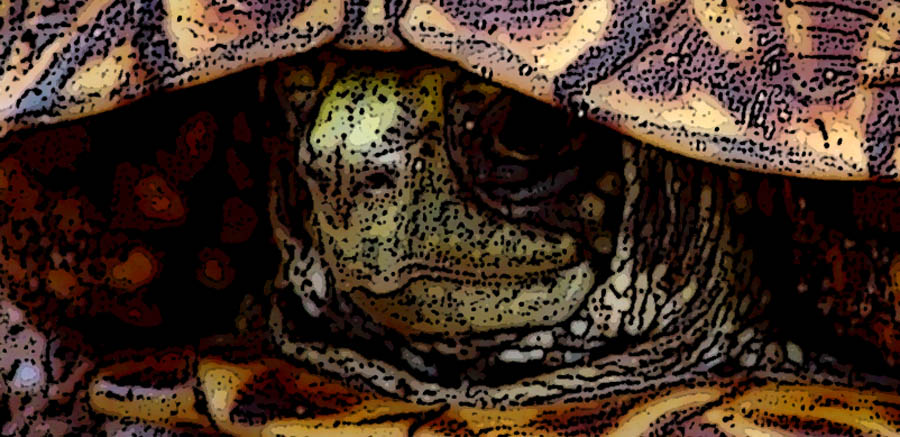
Tortoises and Turtles
Main sources: Stebbins, Robert, 1985, A Field Guide to Western Reptiles and Amphibians, Houghton Mifflin; Behler, John & Wayne King, 1979, The Audubon Society Field Guide to North American Reptiles and Amphibians, NY: Alfred Knopf. See also the various links associated with the UC Berkeley Taxon Lift.

Living tortoises and turtles represent an ancient lineage which has survived several major extinction episodes in earth's history. They are amniote tetrapods which typically lack large holes in the side of the skull behind the eyes -- a primitive feature marking this group as members of an ancient evolutionary division, the Anapsids. Origin of the Anapsid amniotes dates no later than the Middle Pennsylvanian of the Paleozoic Era (ca 300 MYA). The earliest Anapsids appear to have been entirely terrestrial, and had teeth (while living ones have diversified, some having become largely aquatic in habit, and all have replaced teeth with beaks).
Tortoises and turtles share, as members of the Order Testudines (all living turtles belong to the crown group Chelonia), the physical distinction that most of their body is shielded by a special bony or cartilaginous shell developed from their ribs.
Desert Tortoise (Gopherus agassizii)
Turtles